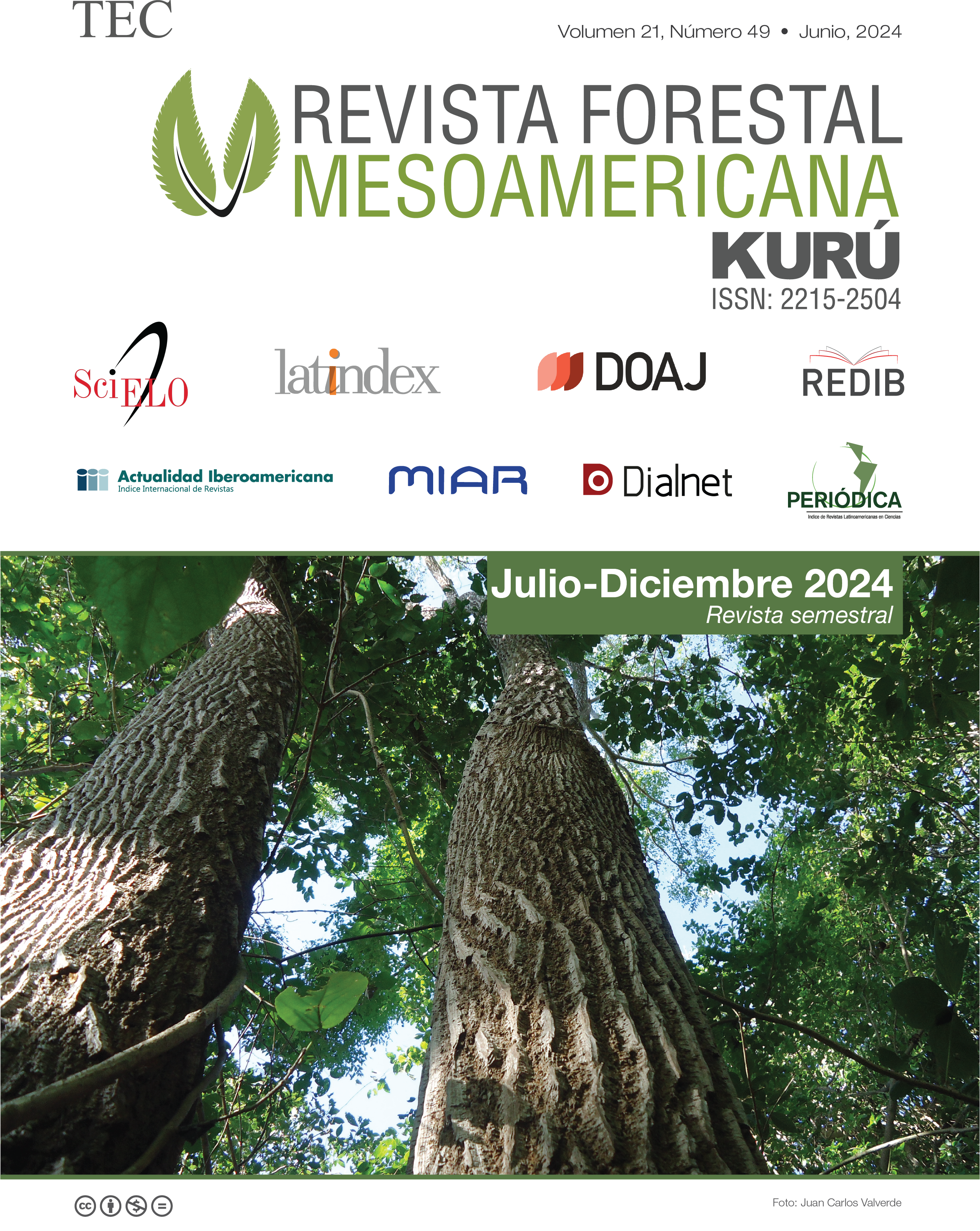Factors influencing the spatial distribution of conifers
Main Article Content
Abstract
Conifers, both trees and shrubs, are dominant in several forest ecosystems, where there are approximately 546 to 670 species worldwide, with 34% of them under some conservation risk category according to the UICN´s Red List. Conifers require a specific combination of environmental, physiographic, and edaphic variables for their reproduction and distribution. The aim of this review was to identify the factors responsible for the spatial distribution and population dynamics of conifers. To achieve this, an exhaustive exploration of information in scientific articles, books, and technical reports was conducted using diverse search sources and key words related to the topic. A detailed analysis of these factors was carried out, based on the review and discussion of research results at both global and local scales. The analysis of information shows that the most important factors in conifer distribution are environmental factors such as temperature and precipitation, as they are crucial for the development of all species of conifers; the dynamics of conifers are undoubtedly affected by factors such as global warming, which causes different behavior in species and drives biodiversity loss in forest ecosystems. On the other hand, physiographic and edaphic factors may show dissimilarities according to the variation at a study scale. Understanding the impact and importance of each factor associated with the distribution and dynamics of conifers is important, since they provide accurate information on the optimal conditions for their survival. It is also important to consider the climate change effect in these conditions.
Article Details

This work is licensed under a Creative Commons Attribution-NonCommercial-NoDerivatives 4.0 International License.
Al enviar un artículo a la Revista Forestal Mesoamericana kurú (RFMK), los autores ceden los derechos patrimoniales a la editorial de la RFMK una vez su manuscrito haya sido aprobado para publicación, autorizando a la RFMK a editarlo, reproducirlo, distribuirlo, y publicarlo en formato físico y/o electrónico, incluido Internet. La titularidad de los derechos morales sobre los trabajos objeto de esta cesión seguirá perteneciendo a los autores.
Este obra está bajo una Licencia Creative Commons Atribución-NoComercial-SinDerivadas 4.0 Unported.


